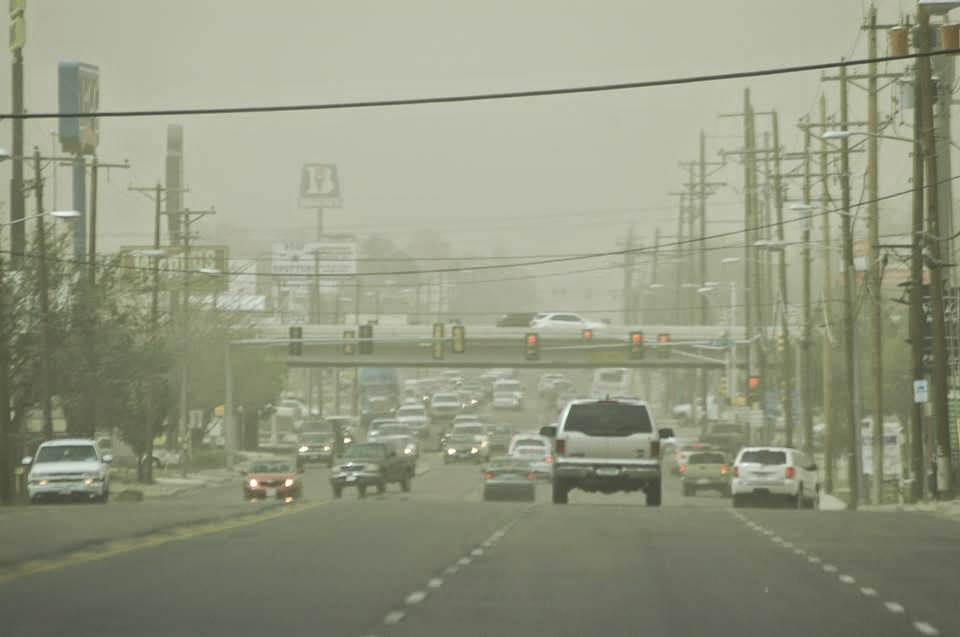By Ned Martel, Published: November 16
This past April, there was no Pulitzer for fiction. Judges and prize administrators struggled to find the right work for right now, and then they gave up. One aftermath assessment: Novels have gotten twee.
In televised nonfiction, on the other hand, Ken Burns has no problem with the big picture. His documentaries for PBS are never not epic. He knows how to make chapters of America’s past seem urgent, whether he’s obsessing over a sport (baseball) or a musical genre (jazz). He’s unafraid of going wider, too, having assembled sagas on World War II and, most famously, the Civil War.
Like good novelists, Burns finds quiet awakenings amid everyday travails, no matter the time period. There’s no real problem with doing this, except the PBS impresario tends to exhaust interest in an epoch as if he’s conducting an honors seminar in the history department. Halfway through, while we’re all furrowing in airless archives, a question often arises: Can this be taken pass-fail?
With “
The Dust Bowl,” Burns keeps himself to four concise hours and ably sifts the story out of the dirt. As the filmmaker chronicles farmers in the southern Plains during the Depression years, he looks more carefully at fewer people and distills deeper meaning.
Over 10 years, farmers tore up grasslands to plant more and more wheat, which soon was worth less and less. Next, winds blew away good soil and then more winds brought bad soil to the surface. In towns called Follett and Enid, the filmmaker has found important things to discuss about ecosystems and economies and how they collapse.
More important, Burns also presents novel-worthy characters against an apocalyptic backdrop.
One Job-like figure in the desertified Oklahoma Panhandle is a farm wife who describes endless chores in her elegant magazine dispatches.
Caroline Henderson, a homesteader with a Mount Holyoke degree, is perhaps Burns’s most apt protagonist. She sounds like Laura Ingalls Wilder with an adult awareness; imagine her as the first mommy blogger.
The land changes under Henderson’s feet. Amber waves become arid dunes. Morning in America leads to darkness by noon. She keeps somber vigil as Manifest Destiny comes to a screeching halt.
Not every viewer will be in the mood for a glimpse of the moment when thousands of poor Americans confronted what looked like end times. It’s unsettling, in the season of the “
fiscal cliff,” to delve into four hours recounting some previous battered economy, when recovery stretched from wait-till-next-year to wait-till-next-decade.
Somehow, Burns takes care of viewer and character alike. For sure, the pain of infanticidal winds addles the brains of both farm marms and PBS viewers. Hack coughs lead to “dust pneumonia,” which claimed one family’s youngest girl and eldest matriarch in the same week. On the day of their double funeral, a massive storm engulfed mourners, compounding the pain.
That Palm Sunday devastation, in 1935, blew Plains dust all the way to Franklin Roosevelt’s desktop in the Oval Office, and the viewer can practically feel some film of inescapable particles settling, even after the documentary’s gusts have waned. As narrator Peter Coyote pulls back to a wider world, the discussion takes a needed break, turning to Washington players such as Henry Wallace and Harold Ickes, New Deal Cabinet members who debated whether to plow anew or abandon for good, respectively.
As ever, the screen scans historic images — strong, clear, artful ones. Photographer Dorothea Lange trains her lens on wind-whipped faces. Burns knows by now how to pull emotion out of first-person documents and underscores the testimony with piano chords and violin whines. Woody Guthrie finds his voice. And one of many older survivors recalls her mama’s hymn that hoped for “higher ground.”
Obviously, there are American themes of endurance and pluck, but also hype and hubris. In on-camera testimonies, unsparing eco-historians such as Timothy Egan make sense of the sadness, with ample narrative skill. A viewer will understand arcana about soil conservation and grassland water retention, plus how the government came to pay farmers not to farm, a policy that endures.
Wheat prices soar and sink, and fields of dreams become nightmare landscapes. When survivors finally overcome starvation and disease, many pack up and head to California. There, real-life Tom Joads look as hearty and humble as Henry Ford but get mocked as unwashed and defeated Okies.
“The Dust Bowl” is worthwhile not merely as it documents past perseverance but also as it informs future struggles. Leave it to Burns, our mop-topped maestro of American fact, to find the heroine, Caroline Henderson, who can speak for herself and also bring it all home: “Behind the characteristic American nonchalance, one detects a growing anxiety, especially about the coming winter.”
The Dust Bowl
(two hours each night) Sunday and Monday
at 8 p.m. on PBSa



















